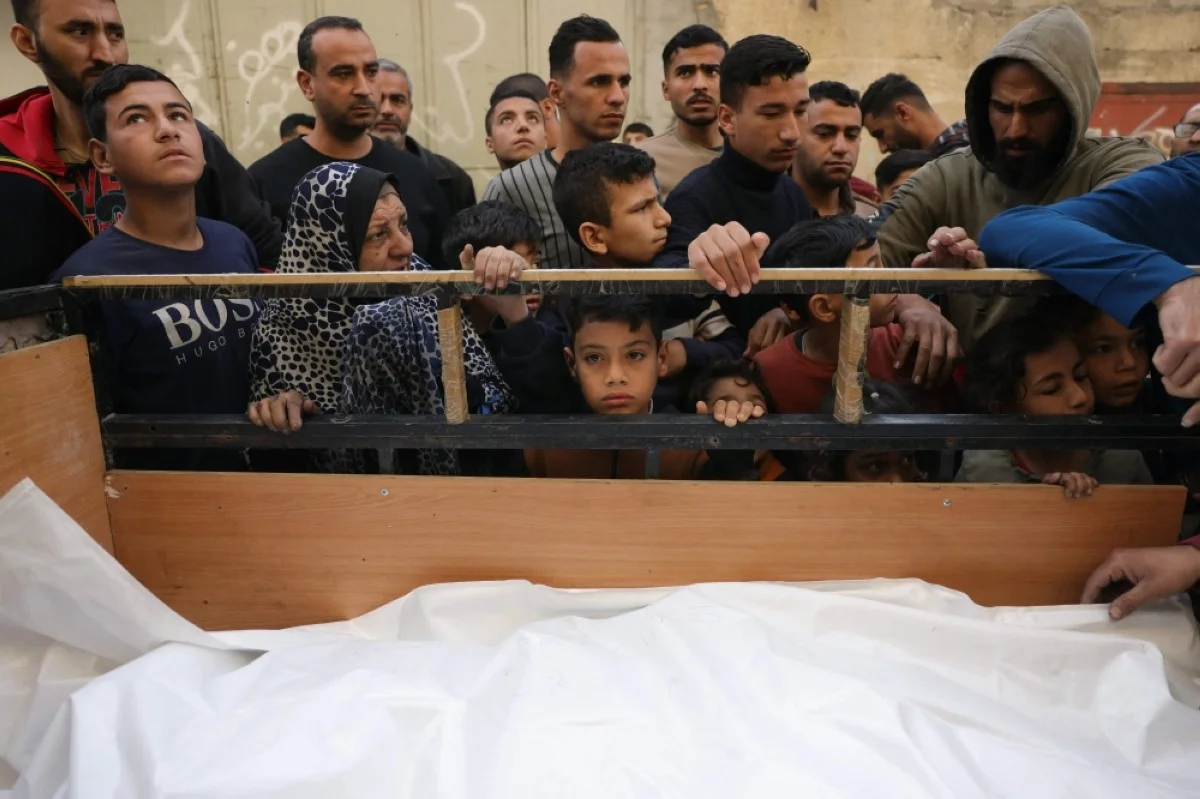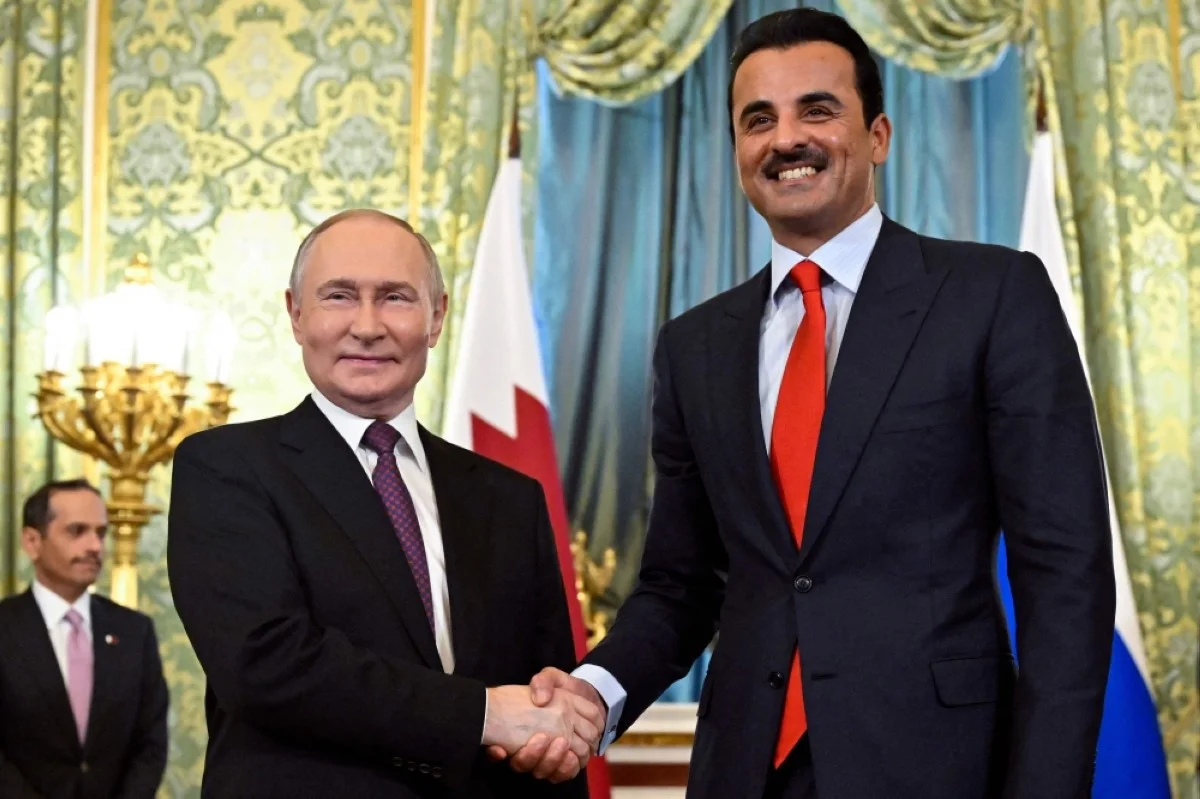Gaza Crisis Deepens as 30% of Territory Declared Buffer Zone Amid Renewed Offensive

The Israeli army has declared that about 30 percent of the Gaza Strip has been converted right into a buffer zone, a part of an intensifying offensive that has reignited one of the most devastating humanitarian crises in the region’s recent history. This statement comes as Israeli forces resumed full-scale air and ground operations on March 18, following the breakdown of the two-month ceasefire with Hamas.
According to the Israeli army, its operations have achieved “full operational control over several key areas and routes throughout the Gaza Strip.” These moves consist of airstrikes on 1200 so-referred to as “terror targets” and over 100 targeted assassinations since mid-March. Defense Minister Israel Katz stated the current aim is to make Gaza “smaller and more isolated,” signaling a dramatic shift in territorial manipulate.
Blockade on Humanitarian Aid Raises Alarm
Simultaneously, Israel has declared a corporation stance in against the entry of humanitarian aid into Gaza, a densely populated enclave of 2.4 million people. The ban on aid, initially enforced on March 2, remains in area, with Katz emphasizing that this policy aims to pressure Hamas by denying it the capability to leverage humanitarian assistance.
“The policy is clear: No humanitarian aid will enter Gaza,” Katz declared, framing the blockade as a strategic tool in against the armed group. However, the effects of this selection have been dire, triggering international outrage and condemnation from humanitarian organization.
A Territory Turned Into a ‘Mass Grave’
Doctors Without Borders (Médecins Sans Frontières, MSF) has issued a grim warning, describing Gaza as a “mass grave” due to combination of unrelenting military strikes and the blockade on resource. Amande Bazerolle, MSF’s field coordinator, stated, “With nowhere safe for Palestinians or those trying to help them, the humanitarian response is critically struggling under the weight of insecurity and critical supply shortages.”
The fitness infrastructure has collapsed under the pressure, and injured civilians — many of them youngsters — are unable to access life-saving care. Aid workers have also been caught in the violence, with mounting casualties among first responders and medical personnel.
Mass Displacement and Rising Death Toll
According to the United Nations, the state of affairs has escalated into one of the worst humanitarian disaster in Gaza since hostilities began in October 2023. UN spokesperson Stephanie Tremblay found out that almost 500,000 Palestinians have been newly displaced since the ceasefire ended. “Our humanitarian partners estimate that about half a million people had been newly displaced or uprooted once more,” she said.
The Gaza Health Ministry reports that at the least 1,652 Palestinians were killed for the reason that renewed offensive began in March, bringing the total death toll to more than 51,000 since October 2023. The majority of casualties are civilians, with women and children making up a significant proportion of victims.
On Wednesday alone, 11 people have been killed in Israeli airstrikes, with 10 of them death in an attack on Gaza City, according to the Palestinian civil defense agency.
Hostage Crisis and Media Pressure
Amid the army campaign, the discharge of a video by the Islamic Jihad group has stirred global attention. The video shows Rom Braslavski, a hostage with dual Israeli-German citizenship, pleading for intervention. His appeal directly at Israeli authorities and former U.S. President Donald Trump. The hostage crisis stays a central concern for Israeli officials, who maintains only sustained military pressure can secure the release of the 58 individuals still held by Hamas.
International Legal Scrutiny Intensifies
The Israeli government’s actions are set to be reviewed with the aid of the International Court of Justice (ICJ) starting April 28. The court will examine Israel’s humanitarian obligation towards Palestinians under interbational law. A UN General Assembly resolution passed in December 2023 asked the ICJ to provide an advisory opinion on Israel’s responsibilities, in particular regarding the “unhindered provision of urgently needed supplies” for the civilian population.
While ICJ opinions are legally binding, the court lacks direct enforcement mechanisms, leaving compliance depending on international diplomatic strain.
Conclusion: A Crisis at a Crossroads
As Israeli forces entrench themselves in Gaza and further restriction access to humanitarian components, the humanitarian fallout is reaching catastrophic levels. With half a million newly displaced people, thousand dead, and crucial infrastructure destroyed, the region teeters on the age of collapse.
The global community now faces a pressing assignment: how to respond to an unfolding crisis that not only threatens regional stability but additionally raises serious questions about the stability between national security and humanitarian obligations.

